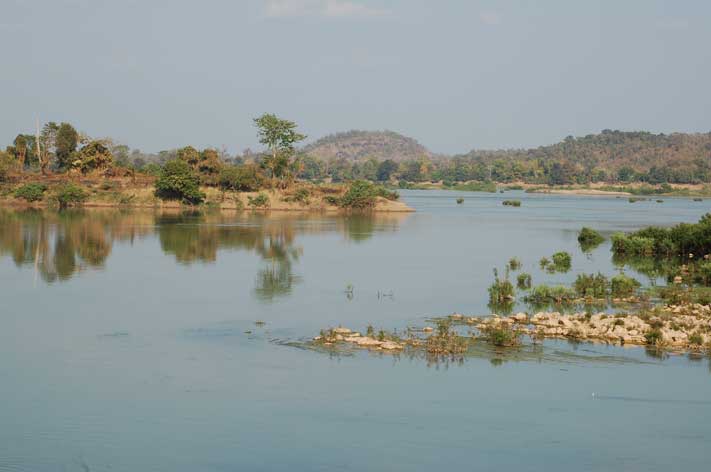 |
Low water in the Champasak province of Laos in January.
photo Idei |
|
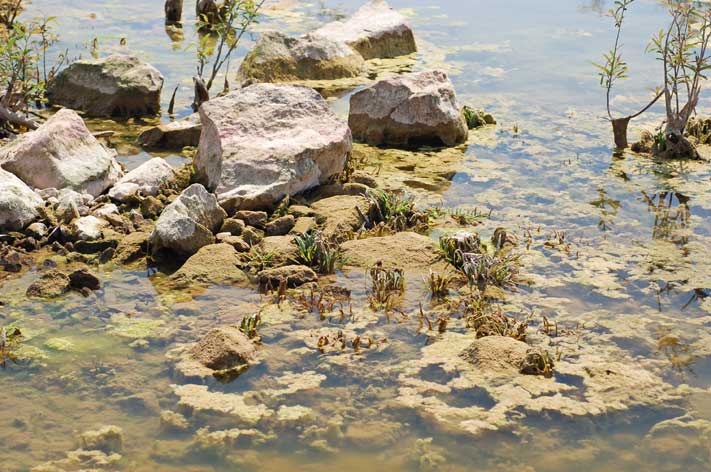 |
When the water falls, C. crispatula var. decus-mekongensis starts growing.
coll. Idei LK5128
photo Idei
|
|
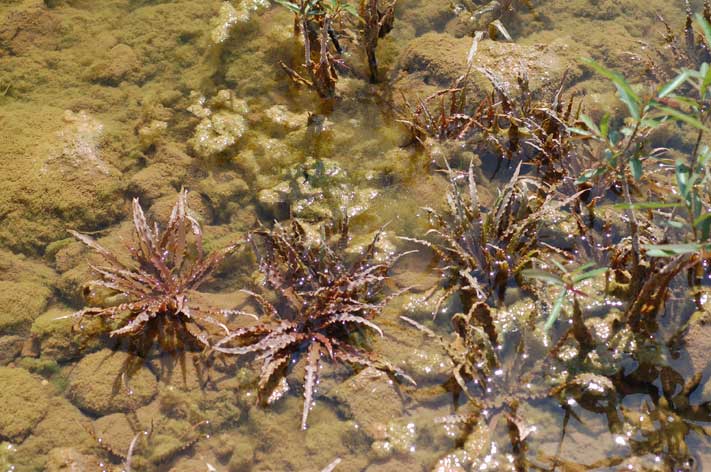 |
Firmly attached between boulders, in cracks.
coll. Idei LK5128
photo Idei |
|
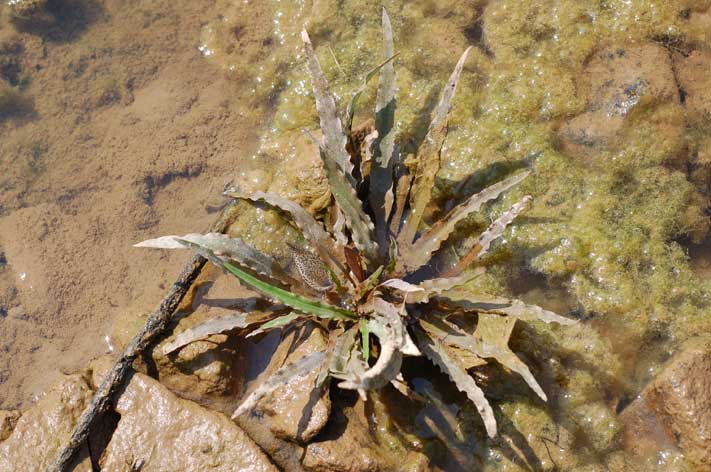 |
The leaves vary from red to green, mostly fine undulated.
coll. Idei LK5128
photo Idei
|
|
| |
|
|
|
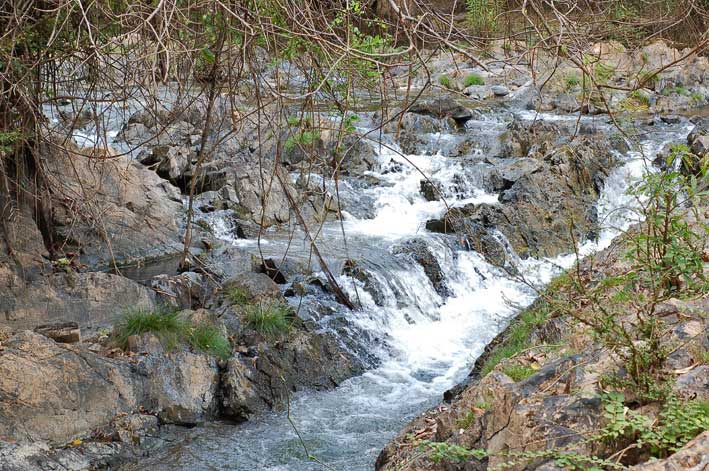 |
Also the rapids have low water now.
photo Idei
|
|
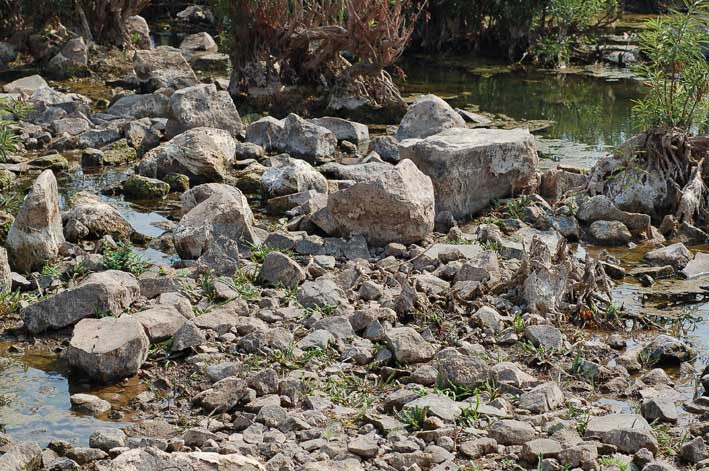 |
In the wet season this is all covered with turbulent water.
coll. Idei LK5128
photo Idei
|
|
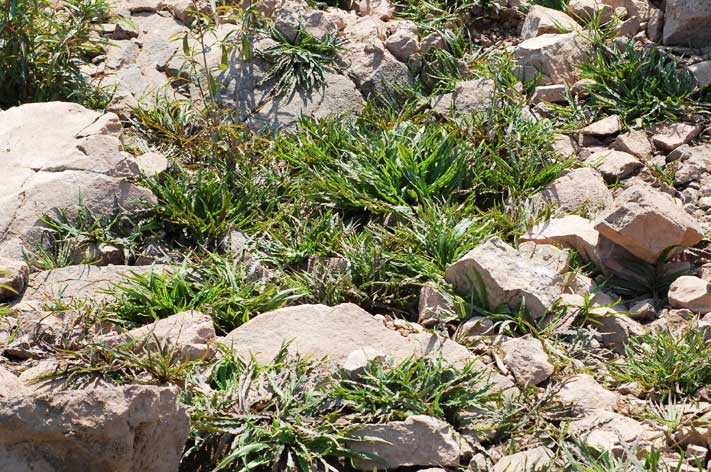 |
Patches are well hidden between the boulders.
coll. Idei LK5128
photo Idei
|
|
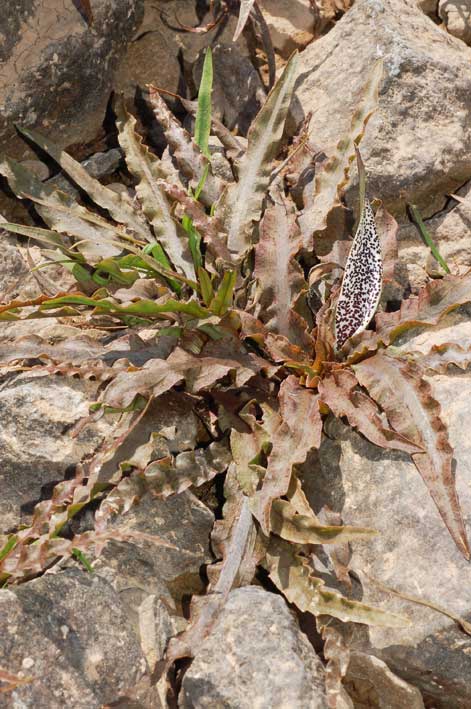 |
The plant flowers with a typical limb, sometimes bend to the ground.
coll. Idei LK5128
photo Idei
|
|
| |
|
|
|
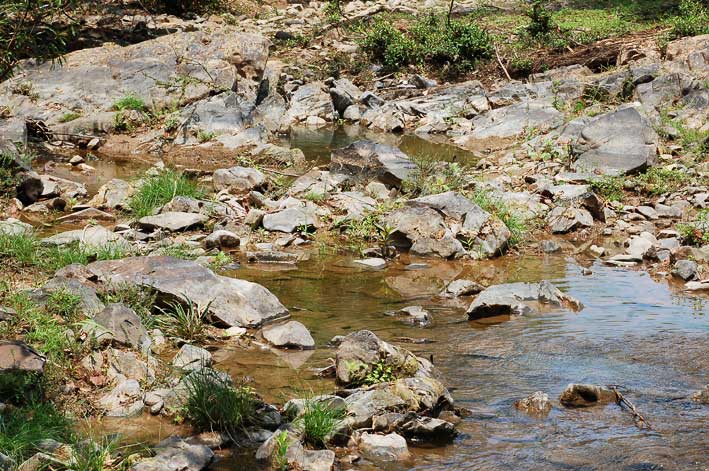 |
Pools with stagnant water.
oll. Idei LK5507
photo Idei
|
|
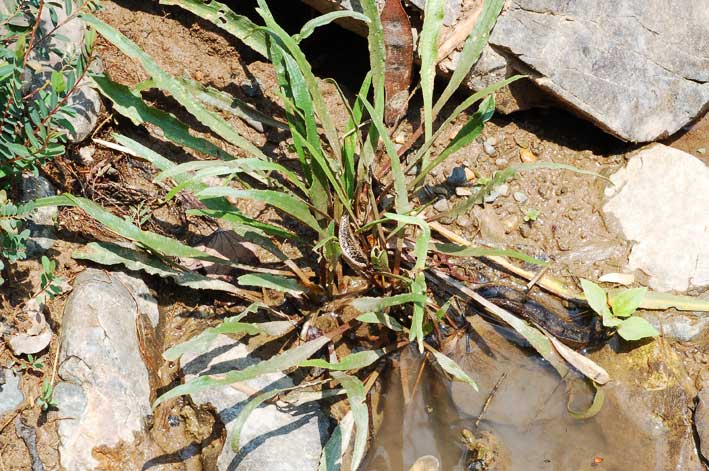 |
Scattered over the area are clusters with this Cryptocoryne.
coll. Idei LK5507
photo Idei
|
|
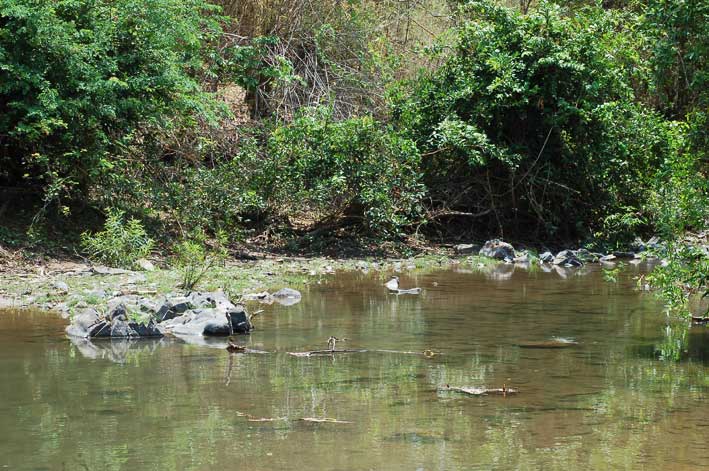 |
The water level may rise more than 1 m in the wet season.
coll. Idei LK5502
photo Idei
|
|
 |
The roots are firmly anchored in the crack or between the boulders.
coll. Idei LK5128
photo Idei
|
|
| |
|
|
|
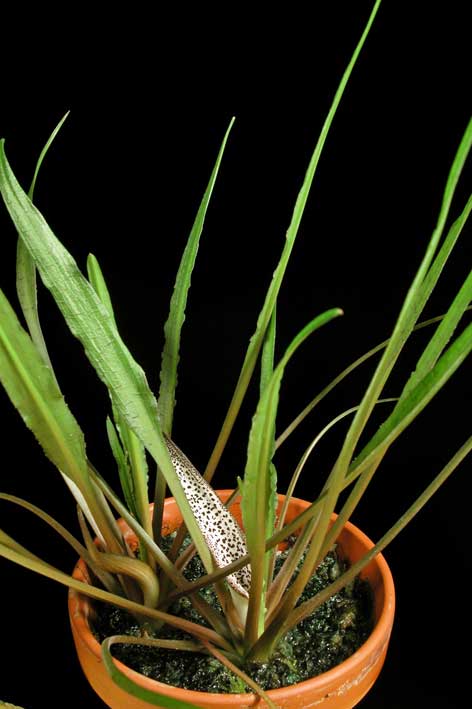 |
In cultivation the plants maintain their seasonal character: it thrives new leaves off November.
coll. Idei LK5507, cult. B1226
|
|
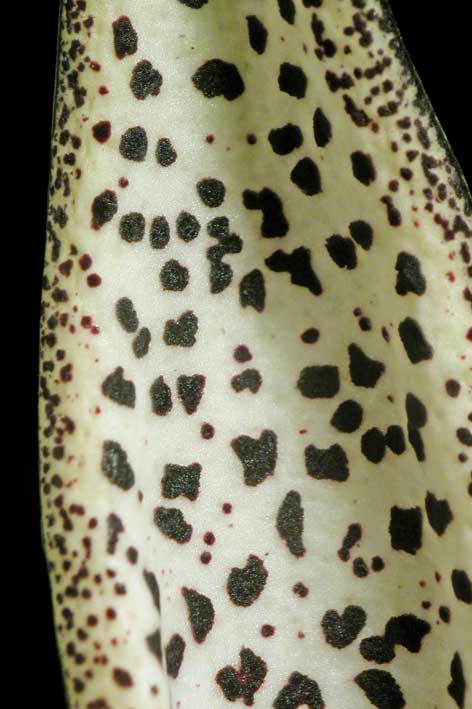 |
The limb of the spathe is smooth with irregular red-brown spots.
coll. Idei LK5507, cult. B1226
|
|
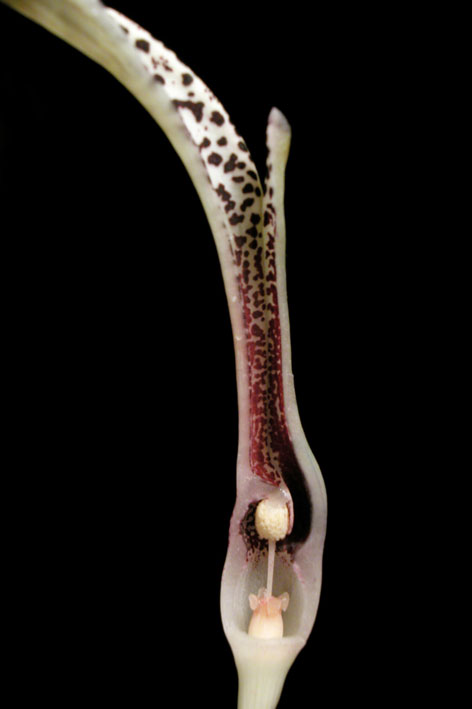 |
A longitudinal section of the spathe. There is no collar.
coll. Idei LK5507, cult. B1226
|
|
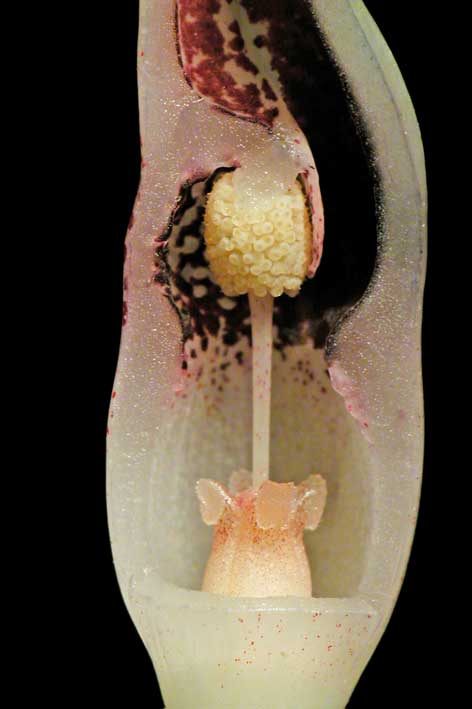 |
The opened kettle with a pronounced 'roof' over the spadix.
coll. Idei LK5507, cult. B1226
|
|
| |
|
|
|
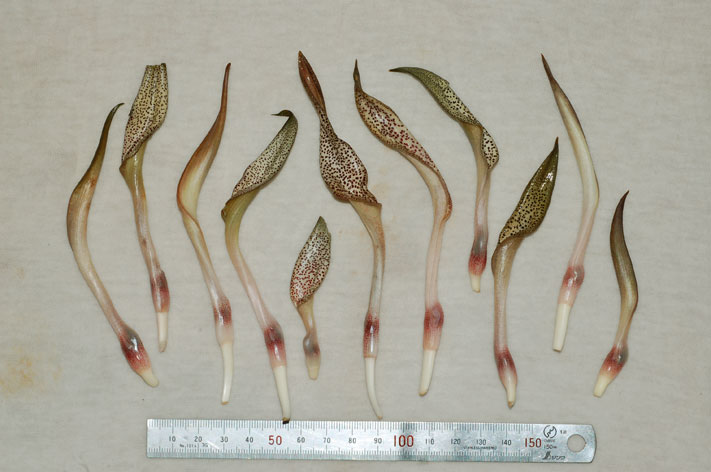 |
Variation in spathe size and form of C. crispatula var. decus-mekongensis.
coll. Idei LK5128
photo Idei
|
|
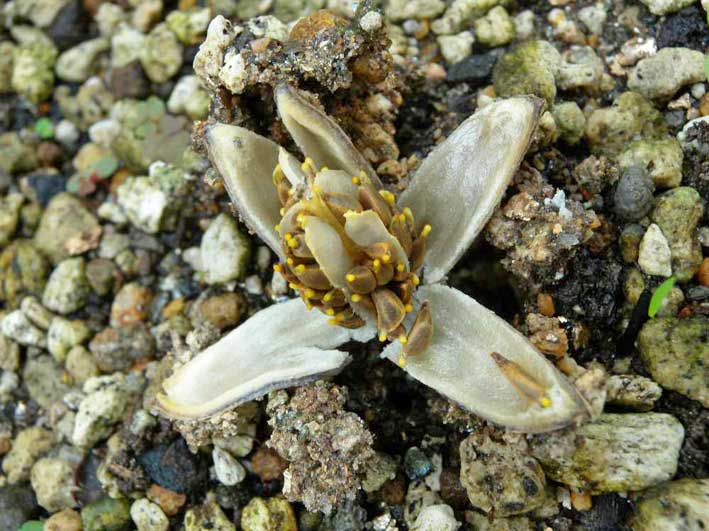 |
A just opened fruit, the five parts showing the seeds.
coll. Idei LK-F5128
photo Idei
|
|
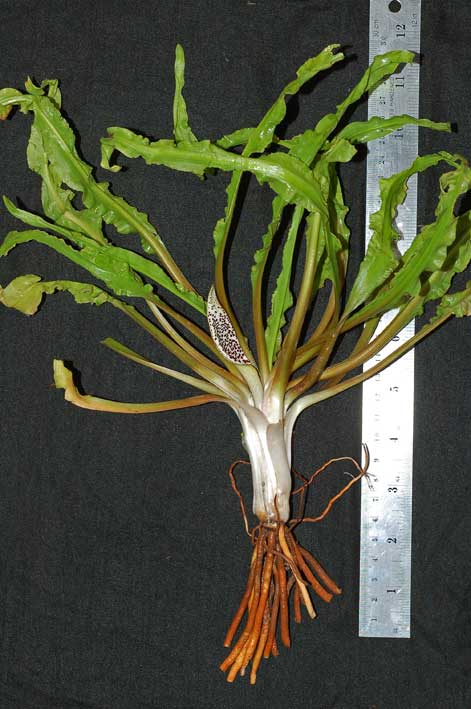 |
The white part was grown subterranean. In cultivation this is less pronounced.
coll. Idei LK5130
photo Idei
|
|
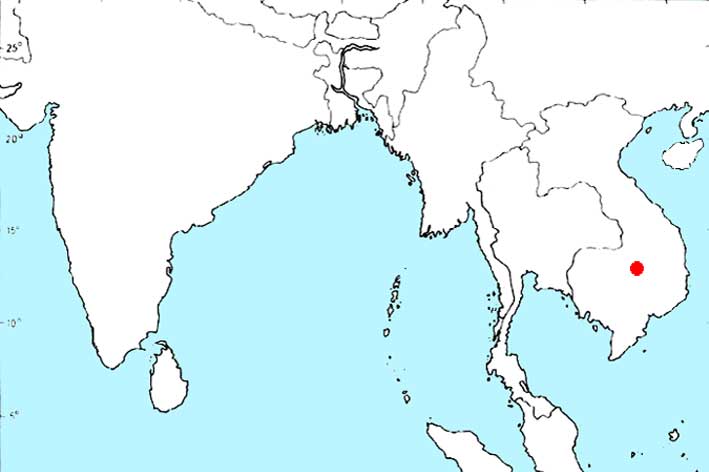 |
C. crispatula var. decus-mekongensis is up to now only found in the Champasak province of Laos.
|
|
| |
|
|
|
Cultivation of C. crispatula var. decus-mekongensis is easy in loamy sand with or without some peat litter, but it may take an extra year to flower it. In July the plant starts withering, all the leaves will go down in this resting phase and a few spike like leaves develop (in nature it will be submerged). Only in September / October it will thrive again normal leaves. Because of its seasonal character it is not suited for the aquarium.
Updated December 2010
See the Crispatula group for an overview and for literature. |
|